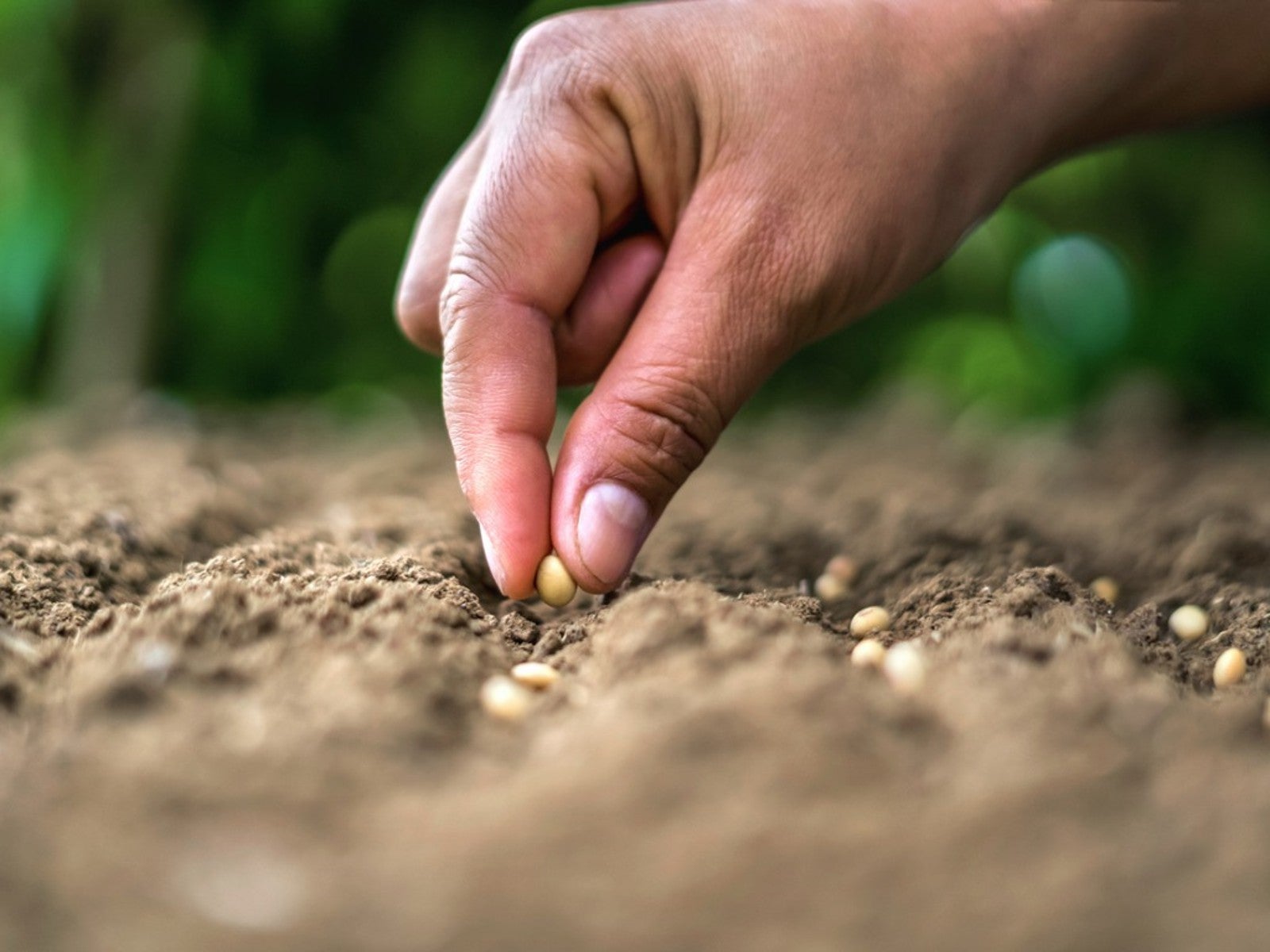Benefits Of Direct Seeding: Why And When You Should Direct Sow Seeds


When it's time to start gardening in spring, a decision has to be made about what plants to install as transplants, and which to direct sow. Direct sowing has several disadvantages, but also a few bonuses. What does direct sow mean? To direct sow seeds means planting directly into the garden bed where the plant will remain.
Direct Sowing Info
Many varieties of plant seedlings perform best if they are transplanted. These include long season plants such as tomatoes and peppers. In northern zones, plants which take a long time to mature should be transplanted if any chance of fruiting or flowering should be achieved by the time the season ends. But direct seeding works for short season plants such as lettuce. Deciding between direct sowing and transplanting will depend upon plant type and zone.
What Does Direct Sow Mean?
Plants are started from seed, cuttings, tubers, bulbs, rhizomes, and other methods. Seeded plants, such as vegetables, may be direct sown or grown indoors for transplant. Direct seeding is the practice of planting seed into prepared garden soil, where the plant will live out its life span. Many cool season crops such as snow peas, grow best when direct seeded. However, if sown too early, the soil is too cool and will slow germination. Plants with large seeds also seem to perform best when directly sown. Squash and corn are two good examples, although they can be started indoors and planted out. But directly seeded plants grow thicker stems, broader root systems, and are generally more resilient than transplants.
How to Direct Sow Seeds
Seed packets will give the gardener a good idea of when to sow seed. Your zone will represent the timing for planting seed. A general rule of thumb is to sow when all danger of frost has passed, although cool season seeds may still germinate and take off even when a freeze is possible. Protect seedlings if a freeze is expected with row covers or frost cloth. Prepare garden beds by removing weeds, rocks, and other impediments. If necessary, add compost or other amendments to increase tilth and nutrient availability. Follow the directions on the seed packet for planting depth and light requirements. Some seed is best sown on the top of the soil, but most needs some soil over the seeds to keep them moist and enhance germination.
Care After Direct Seeding
Water after seeding and keep the soil moderately moist, but not soggy. Avoid overwatering as this can cause damping off and soil gnats. For some plants, a heat conducting plastic mulch can increase growth. Organic mulches such as leaf litter also conserve moisture and compost in gently and slowly, providing nutrients. Fertilize plants with a diluted plant food appropriate for that variety after they have several pairs of true leaves. Alternately, you can side dress plants with well rotted compost, bone meal, or other natural rich additives. Directly seeded plants may need to be pinched to keep them compact, and provided with stakes or cages.
Sign up for the Gardening Know How newsletter today and receive a free copy of our e-book "How to Grow Delicious Tomatoes".

Bonnie Grant is a professional landscaper with a Certification in Urban Gardening. She has been gardening and writing for 15 years. A former professional chef, she has a passion for edible landscaping.